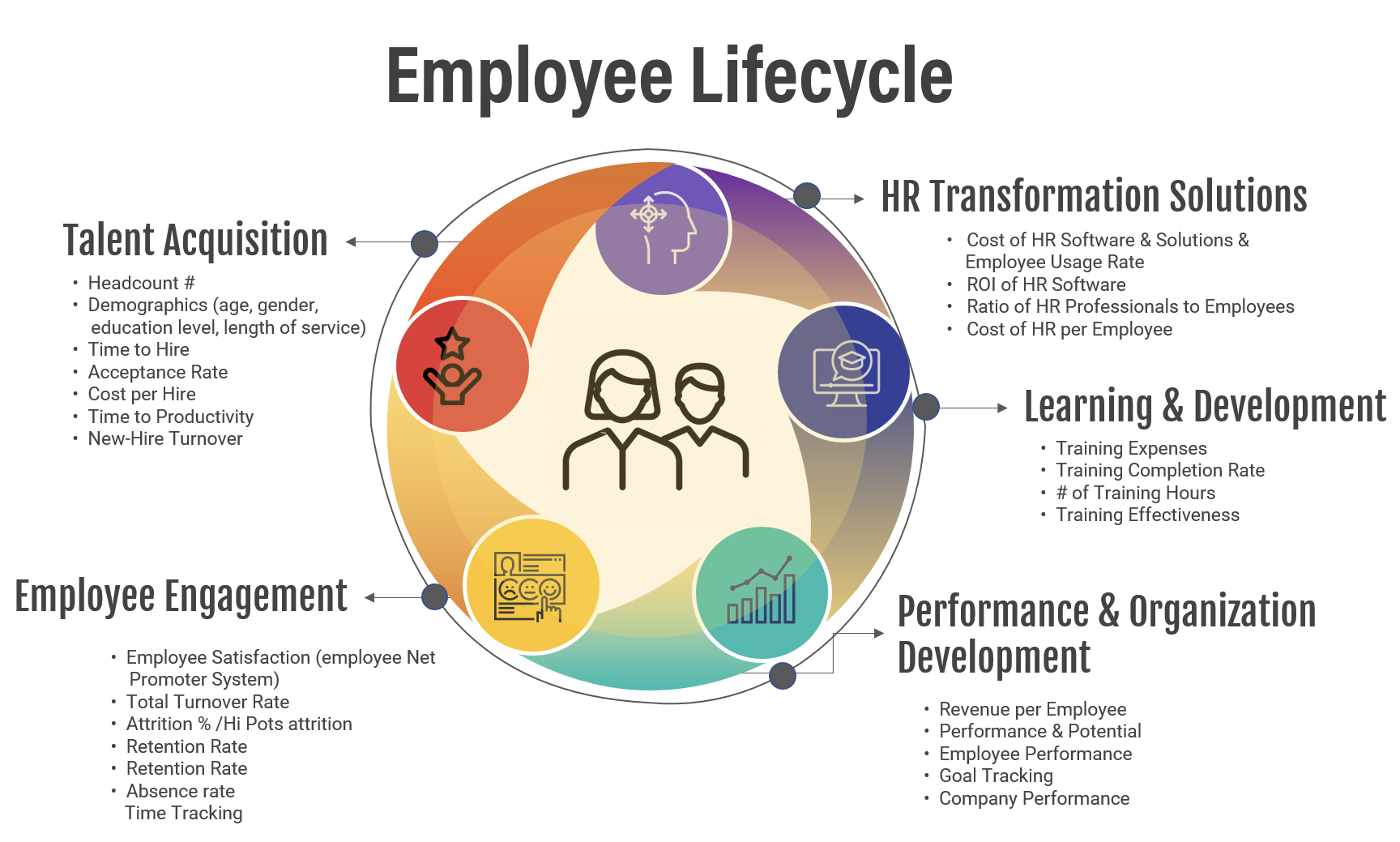Corporate
The Role of Human Resources as We Know it is No More
Never has Human Resources (HR) been as integral a part of an organization’s success as it is today. From a support function to having a seat at the decision-making table, HR has evolved to become pivotal to corporate strategies. More so in the post-pandemic era, when HR has given an exponential strategic thrust, transforming it into a decision-making partner in an organization.
In many ways, HR is reimaginings new world order for the future of the workplace which is connected, sentient, and intelligent.What will be the future of work, workplace, and workers in the New normal then? This is the biggest challenge for any organization today and HR is at the core of decrypting this code, as well as making it work. For a heavily people-centric and client-focused industry like ITeS, the challenge is amplified.
Businesses the world over are seeking innovative technology disruptions to adapt to the new world order as the topmost priority, while focusing on their employees’ (and families’) well-being. Here, the corporate and HR objectives merge. Employee well-being has become an allencompassing definition consisting of medical needs, emotional care, work-life integration, burnout care, appreciation and recognition, work satisfaction, work life-personal life integration and hybrid world assimilation, and so on. There is a flurry of engagement, care, benefits, activities that is part of a larger corporate purpose in the post-pandemic world and is being led by HR leaders.
People-related matters mostly involve tangible capital investments and intangible softer aspects such as care and empathy. It is important to know what and how much HR is doing at every touchpoint of the employee lifecycle and how business practices are subsequently transforming to become more connected with 360° visibility of deeper insights based on data.

Business Speaks in Numbers, so Should HR
As the complexities of Digital 4.0 deepen, skills have become a prerequisite for organizations to survive and thrive. About 65% of organization revenue is attributed to people resources who work 365X24X7 across geos for a range of clients on a variety of projects with diverse skills. And the responsibility to acquire, manage, engage, and value this single most valuable asset of organizations – the people – lies with the HR.
Following are the pivotal touchpoints where HR is contributing significantly to an organization’s journey to the future workplace:
- Getting the right skilled talent for businesses at optimal cost with faster turnaround time in onboarding the people resources.
- Charting a plan to ensure the available talent pool is skilled, reskilled, and upskilled to ensure continued relevance in digital innovation for business solutions.
- Maximizing day-to-day productivity of people and overall performance through differentiated talent framework, while recognizing and rewarding meritocracy to motivate, retain, and nurture talent at best cost structures.
- Engaging with employees and their families consistently to drive a sense of purpose and empathy, in a bid to build a content employee base. There’s a strong correlation between CSAT and eSAT. Employees are our growth partners and impact business progress.
- Designing a competitive bouquet of offerings to meet people’s aspirations and organization goals.
- Integrating diverse & inclusive global talent pool to achieve ‘glocalization” agenda of organizations in meeting client demands and attain business growth.
- Driving compliance through audit and system checks to gain the trust of all stakeholders involved.
Traditionally, HR has faced questions on ROI generation from costs incurred on people resources, since human resources role is not typically associated with direct business earnings or sales. Today, that question has been put to rest, considering the high value associated with people resources of an organization, in driving business growth. But the HR function also needs to evolve. It must leverage technology and Big Data to quantify the benefits of investing in people.
But it’s one thing to quantify efforts and quite another to derive insights from metrics that matter at the C-suite level. The success of HR metrics is considered when it helps businesses design fool-proof future decisions. The below illustration puts into perspective the role of HR vis-a-vie its “business impact” on core corporate strategies.
![]()
At a tactical level, the data leverage in HR function can help organizations derive key action points, understand current vs future predictive trends, measure operational efficiency, employee productivity, get backing of actionable insights to put across a strong pitch to prospective clients, and build strategies to optimize current assets and resources
It is vital to make the right decisions at the right time, in order to navigate new realities and design future business decisions. Data offers organizational agility to adapt to new situations quickly and take decisions to define newer operating models, develop appropriate capabilities, and gain competitive advantage.
-
Tactical Level:
At a basic level, HR collects data for two main purposes:
Understand how much of what we are doing?
How effective it is?
-
Strategic Level:
- Does data give deep insights?
- Do those insights tell a story you can sell or need to address?
- Do those numbers help organizations make business decisions?
Bottom line:
Example:
How diverse is an organization’s staff? A data-centric answer to this question could lead to several insights, accelerate efforts to hire diverse talent, address inclusion issues, initiate diversity-related policies, and so on
Does data give deep insights?
Do those insights tell a story you can sell or need to address?
Do those numbers help organizations make business decisions?
Bottom line:
Use data mining tools to draw insights for strategic decisions
Example:
High Geo-diversity percentage helps organizations in positioning themselves strategically in solving client needs, and emphatically pitching its core values of diversity and inclusion to prospective clients.
These data sets have become key to strategic decision-making, impacting billion dollars deals, strongly backed by the ‘people’ aspect, cultural alignment, and talent pool assimilation of an organization.
The Future is Counting on HR
Most recently, HR metrics are being looked at with microscopic scrutiny to help businesses navigate new realities. Traditional approaches to dealing with the above factors are surely not going to make the cut. HR leaders today are therefore neck-deep in finding answers to complex questions on how employee engagement, employee retention, talent acquisition, talent mobility, new C&B structures, perform in a hybrid world. Building social capital, which impacts engagement/retention, and adds up to employee experience, is tough to achieve in a virtual world and tougher still to measure. Insights from HR data holds the key to decrypt this riddle of how future workplaces would look like.






